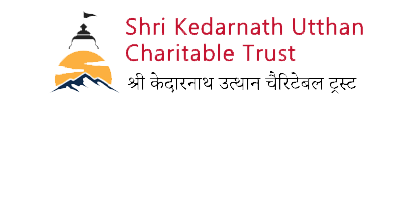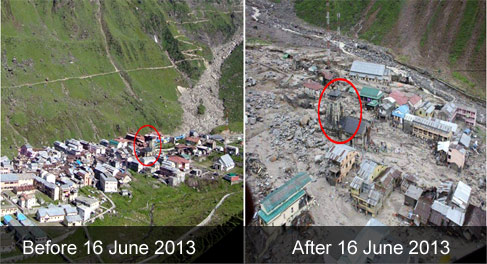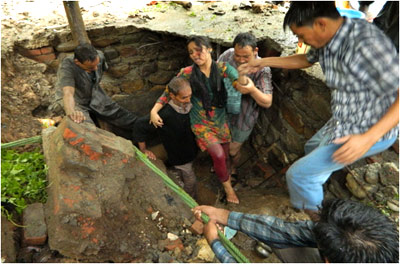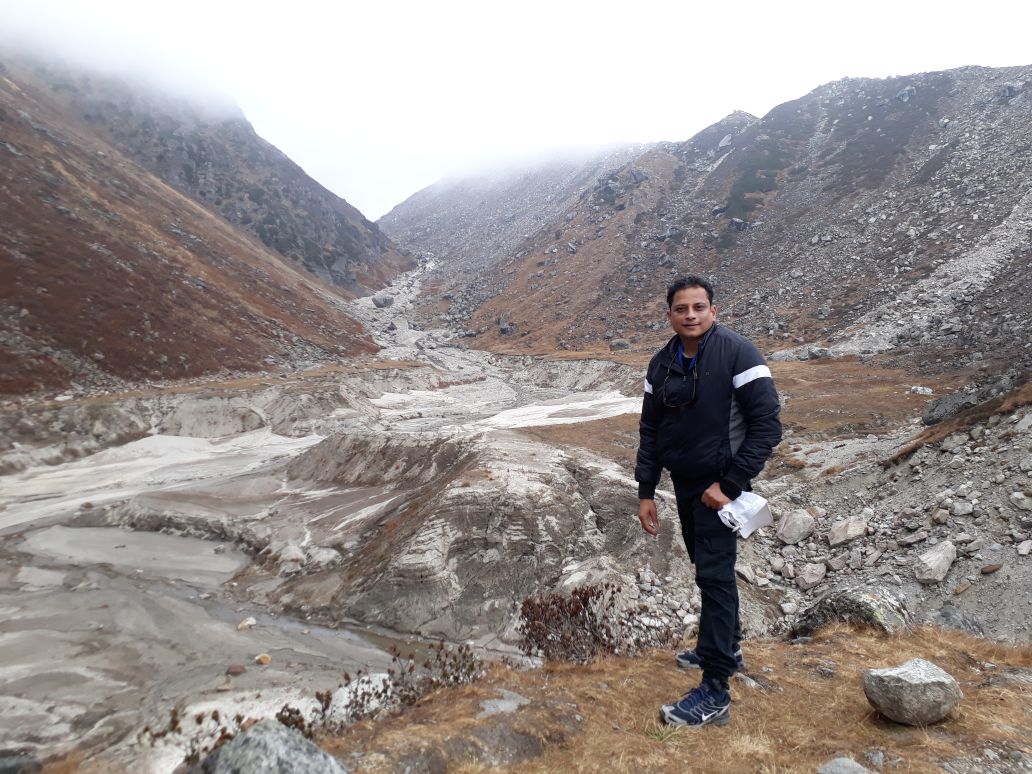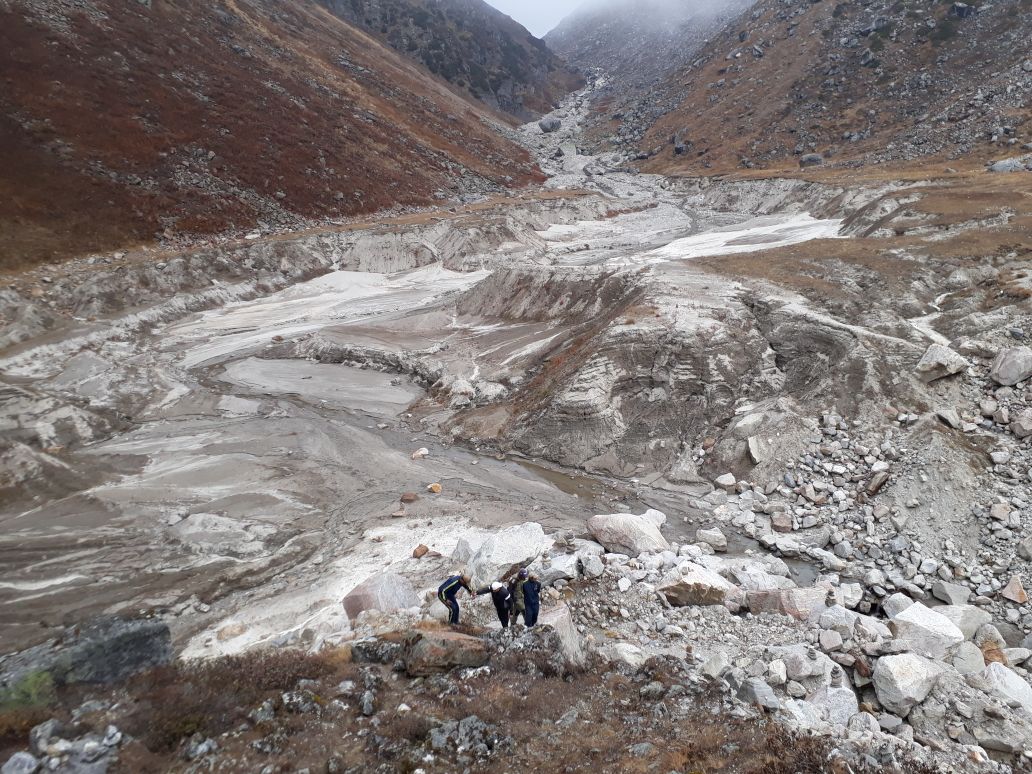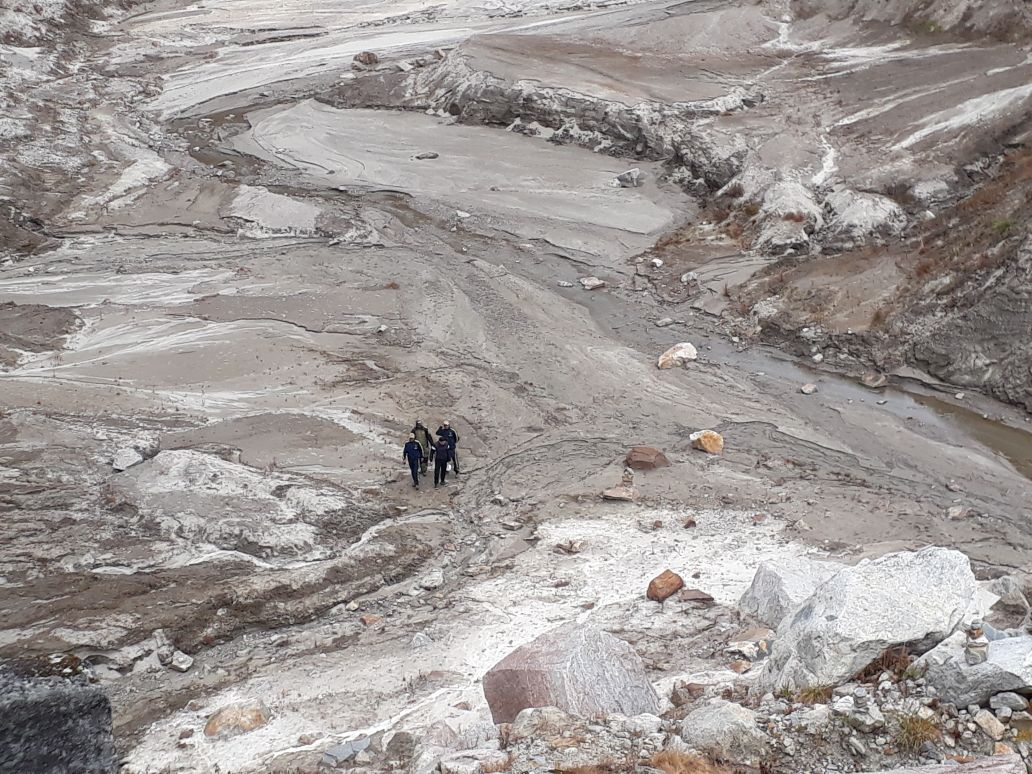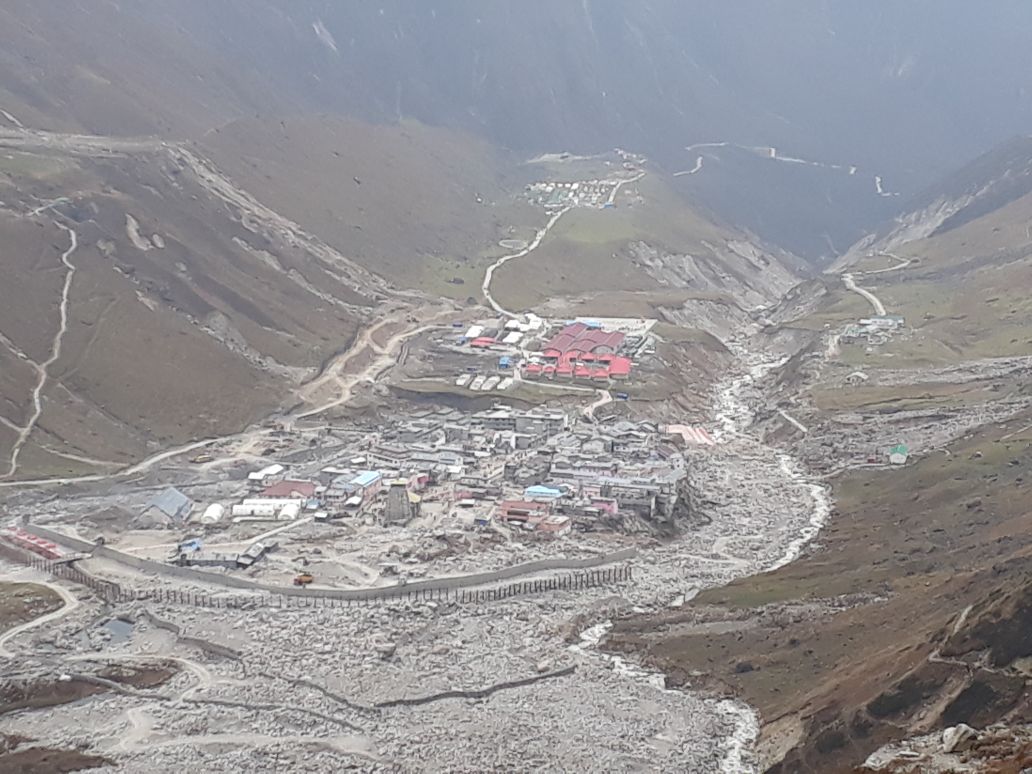In the month of June 2013, the region suffered its worst disaster in its living memory with widespread destruction. The disaster coincided with the peak tourist and pilgrimage season, considerably enhancing the number of casualties with adverse impact on the immediate rescue and relief operations.
The entire region of the state was hit by ‘heavy’ to ‘very heavy’ rainfall, resulting in flash floods and landslides over a wide area. Uttarakhand and adjoining areas experienced heavy rainfall, which was about 375 percent more than the benchmark rainfall during a normal monsoon. The districts of Bageshwar, Chamoli, Pithoragarh, Rudyaprayag and Uttarkashi were the worst effected. Large populations in several areas were cut off across the States and suffered due to shortage of essential commodities.
Nature’s fury was most pronounced in the Mandakini valley of the Rudraprayag district. Heavy rains caused the melting of Chorabari Glacier at the height of 3800 metres, and eruption of the Mandakini River which led to heavy floods near Gobindghat, Kedar Dome, Rudraprayag district, Uttarakhand and adjacent areas. It was also observed that very heavy and incessant rains during the period resulted in exceptionally high rise in the river discharges.

